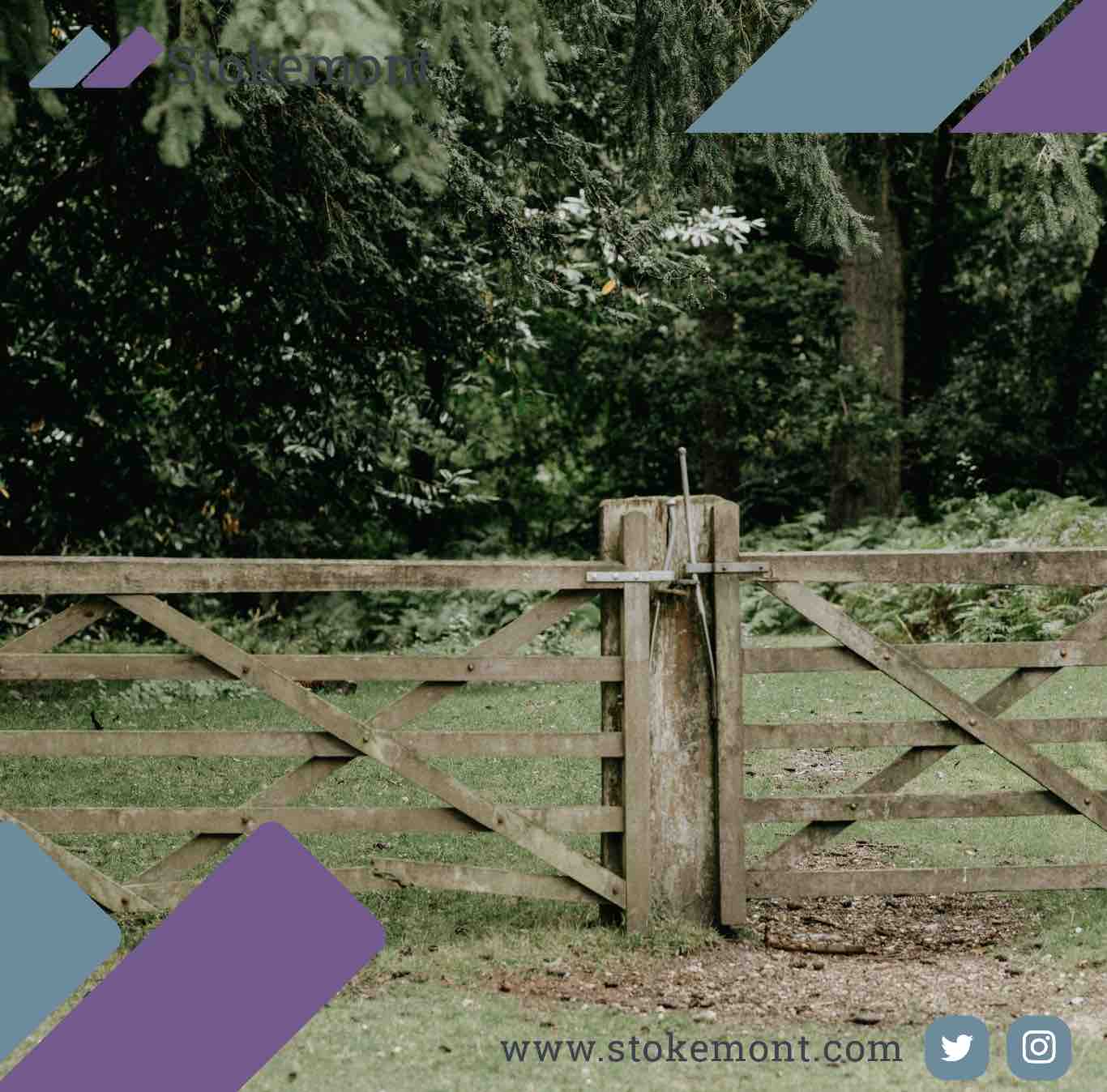Welcome to the latest edition of Stokemont’s property blog series, in today’s post we will be taking a look into boundary disputes.
A boundary dispute is a relatively common situation, and our team of experienced Surveyors deal with a wide range of boundary disputes each and every day.
What is a boundary dispute?
A boundary dispute is a disagreement between two or more property owners about the location of a property boundary.
A boundary dispute arises when two neighbours who adjoin each other have different beliefs on where the borders of their properties are positioned. These forms of dispute usually arise when one building owner wishes to or has recently made alterations close to the boundary line such as building a new extension or installing a new fence.
Boundary disputes can arise for a number of reasons, including:
- Inaccurate maps
- Changes to property lines
- Misunderstandings between neighbours
- Faulty construction
- Adverse possession
Some of the most common types of boundary disputes include:
- Disputes over the location of the boundary line
- Disputes over the width of the boundary line
- Disputes over the rights of way over the boundary line
- Disputes over fences Disputes over trees
- Disputes over driveways
- Disputes over encroachments
There are a number of things that property owners can do to avoid boundary disputes, including:
- Keeping good records of property boundaries
- Communicating with neighbours about changes to property lines
- Hiring a chartered surveyor to confirm the location of the boundary line
Some boundary positions are incredibly difficult to determine if there are no historic markers of the boundary positions or if there is no conveyance plan available for the properties involved in the dispute. Unfortunately, it is relatively common for a conveyance plan to be missing. However, many boundary disputes could be resolved if either owner is in possession of this as they often include the dimensions of the respective plots.
Many building owners attempt to take measurements from the Title Plan’s. However, this is simply not possible due to the margin of error created by the scale of the Title Plan’s. Often these Title Plans are at a scale of 1/1250 which means that 1cm of measurement equates to over 1m in-situ.
For this reason, many boundary disputes cannot be resolved in a neighbourly matter which is when Boundary Surveyors are called upon. The Boundary Surveyors experience and expertise on these issues can offer an expert opinion of the position of the boundary lines to resolve the dispute.
Here are some tips for resolving a boundary dispute:
- Try to resolve the dispute amicably with your neighbor.
- If you cannot resolve the dispute amicably, you may need to hire a surveyor to determine the location of the boundary line.
- If the surveyor is unable to resolve the dispute, you may need to file a lawsuit.
A Boundary Surveyor will undertake a site inspection to aim to establish the true boundary position. The Boundary Surveyor will be looking for reference points that can be made back to the Title Plans and also look for historic markers of the boundary line. It is relatively common that the lay of the land has been altered significantly which means that the Boundary Surveyors will heavily rely on the desk-based research.
Following on from this the Boundary Surveyor will carry out excessive desk-based research and will review various historic maps, Title Plans, aerial photographs, historic photographs, planning applications, OS Maps & satellite imagery.
After carrying out the site inspection and undertaking the desk-based research, the Boundary Surveyor will then write their findings up in a report which will state where the boundary line is between the two properties & will set out if either neighbour is trespassing onto the adjoining land.
Should the report set out a boundary position that matches what a building owner believes they would then be in a position to share the report with their adjoining neighbour to hopefully resolve the dispute.
It is not uncommon for the neighbour to disagree with the report’s findings, if so they would then be in a position to appoint their own Boundary Surveyor to carry out the same task. If the two surveyor’s reports come to a different conclusion these two surveyors could the potentially open up discussions to establish why have resulted in different conclusions.
If at this point the boundary dispute is unresolved, then unfortunately the boundary would have to be determined via the courts. Resolving a boundary dispute through the courts is a highly expensive and time-consuming process and should really be avoided at all costs.
In many cases, a boundary dispute can be resolved between two neighbours by having open discussions on the dispute. Here at Stokemont we would always advise that you aim to resolve the dispute in a neighbourly matter as this will avoid any fees for surveyors or solicitors.
If you have attempted to resolve your boundary dispute in a neighbourly way and are having no luck, please do not hesitate to get in contact with one of our experienced Boundary Surveyors by clicking here.
Our team of Boundary Surveyors are also happy to provide you with some free advice on how best to proceed with resolving the boundary dispute.




